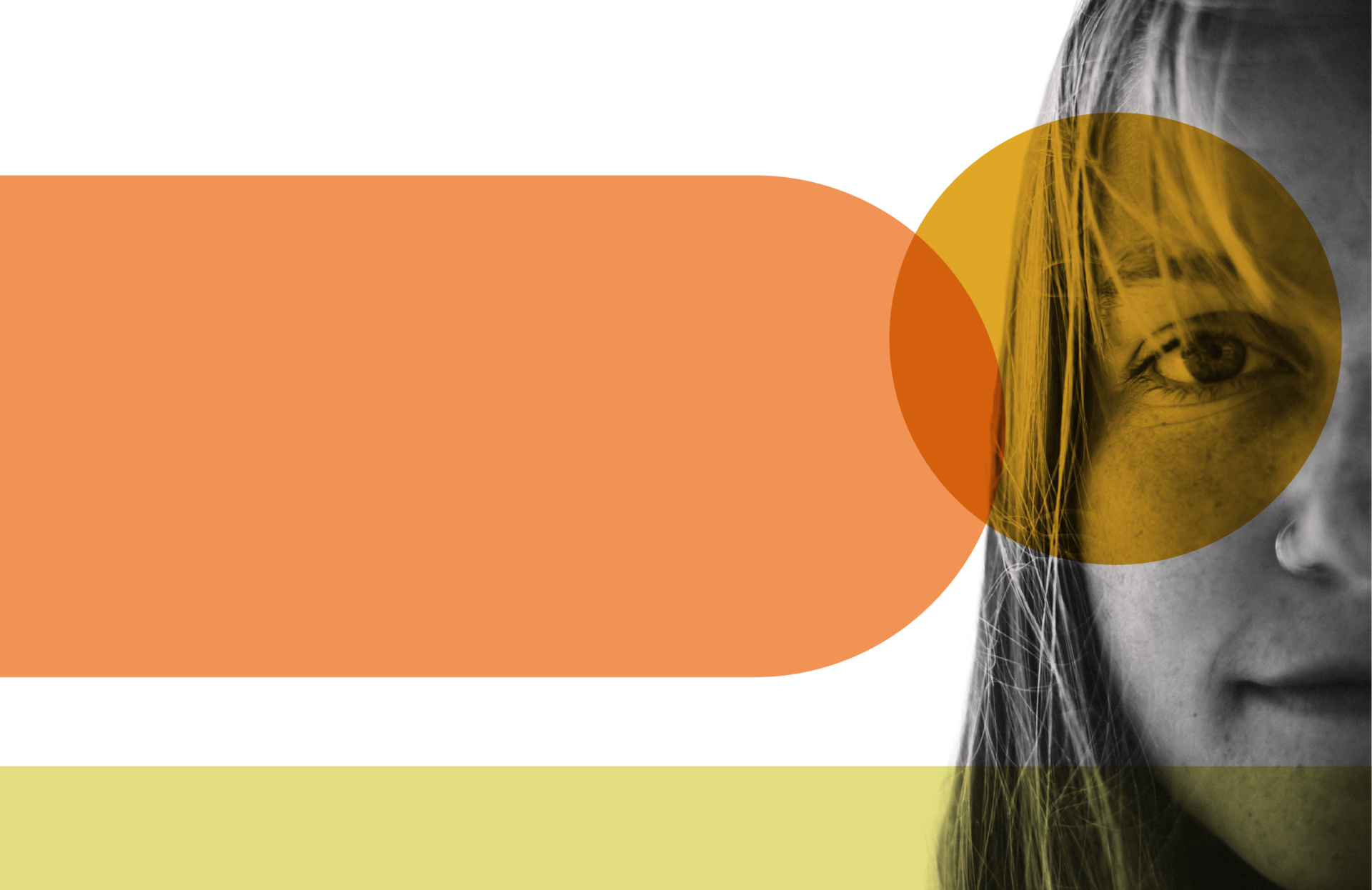Previously known as manic depression, bipolar disorder causes extreme mood swings of emotional highs known as manic episodes
The high creates a manic or hypomanic state with euphoria and increased energy. Hypomania is a less extreme mood shift than mania. The lows cause depression, sadness and hopelessness.
Types of bipolar disorder is diagnosed based on the occurrence of mania, hypomania and depressive episodes. People with bipolar 1 disorder have had at least one manic episode preceded, or followed by hypomanic or major depressive episodes.
Bipolar 2 disorder is a separate diagnosis and is not a milder form of bipolar 1 disorder. People with bipolar 2 disorder have had at least 1 major depressive episode and at least one hypomanic episode, but have not had a manic episode.
Everyone has periods when they can experience an elated mood lasting for a few hours. For someone with bipolar disorder that elevated mood can last for days.
Understanding Mood Disorders

During this time the person may demonstrate risky behaviours, poor decision making and an inability to think clearly. Their level of impulsivity is high. The body’s physical responses is raised, causing speech to have a quicker cadence or more force, and movement and actions to be more pronounced.
Usually a person will spend more time in a depressive state with slowed actions, speech and responses.
The person may lose interest in activities, need more sleep and experience intense sadness and hopelessness. This is different from major depressive disorder, in which people do not experience the highs of bipolar disorder.
Certain factors increase the risk of developing the condition or may trigger an episode. These factors include drug and alcohol misuse; stressful life events and having a first degree relative with bipolar disorder.

Depression affects an estimated 1 in 15 adults in any given year
Depression (major depressive disorder) is a common and serious medical illness that negatively affects how you feel, the way you think and how you act. Fortunately, this condition is treatable. Depression causes feelings of sadness and/or loss of interest in activities you once enjoyed. Depression can lead to a variety of emotional and physical problems and can decrease your ability to function at work and at home.
Depressive symptoms can vary from mild to severe, and can include feeling sad or having a depressed mood; loss of interest or pleasure in activities you once enjoyed; changes in appetite; trouble sleeping; loss of energy; feelings of worthlessness; feelings of guilt; difficulty in concentration; reduced libido and at times thoughts of hopelessness and suicide.

Treatment
Getting treatment early can help prevent bipolar disorder from worsening. Knowledge is powerful. Learn the symptoms of the disorder to manage them better. Treatment includes psychoeducation and using mood stabilisers.
Symptoms must last for at least 2 weeks and must represent a change in your previous level of functioning for a diagnosis of depression. At least 60% of individuals with a major depressive disorder, single episode, can be expected to have a second episode. Individuals who have had 2 episodes have a 70% chance of having a third episode.
1 in 6 people will experience depression at some point in their lives. Women are more likely than men to experience depression.
The good news is that depression can be effectively managed by both medications and psychological therapies. The importance of adopting a healthy lifestyle, which include exercise and a good diet is invaluable in the treatment of depression.

Understanding Mood Disorders
Previously known as manic depression, bipolar disorder causes extreme mood swings of emotional highs known as manic episodes
The high creates a manic or hypomanic state with euphoria and increased energy. Hypomania is a less extreme mood shift than mania. The lows cause depression, sadness and hopelessness.
Types of bipolar disorder is diagnosed based on the occurrence of mania, hypomania and depressive episodes. People with bipolar 1 disorder have had at least one manic episode preceded, or followed by hypomanic or major depressive episodes.
Bipolar 2 disorder is a separate diagnosis and is not a milder form of bipolar 1 disorder. People with bipolar 2 disorder have had at least 1 major depressive episode and at least one hypomanic episode, but have not had a manic episode.
Everyone has periods when they can experience an elated mood lasting for a few hours. For someone with bipolar disorder that elevated mood can last for days.
During this time the person may demonstrate risky behaviours, poor decision making and an inability to think clearly. Their level of impulsivity is high. The body’s physical responses is raised, causing speech to have a quicker cadence or more force, and movement and actions to be more pronounced.
Usually a person will spend more time in a depressive state with slowed actions, speech and responses.
The person may lose interest in activities, need more sleep and experience intense sadness and hopelessness. This is different from major depressive disorder, in which people do not experience the highs of bipolar disorder.
Certain factors increase the risk of developing the condition or may trigger an episode. These factors include drug and alcohol misuse; stressful life events and having a first degree relative with bipolar disorder.
Depression affects an estimated 1 in 15 adults in any given year
Depression (major depressive disorder) is a common and serious medical illness that negatively affects how you feel, the way you think and how you act. Fortunately, this condition is treatable. Depression causes feelings of sadness and/or loss of interest in activities you once enjoyed. Depression can lead to a variety of emotional and physical problems and can decrease your ability to function at work and at home.
Depressive symptoms can vary from mild to severe, and can include feeling sad or having a depressed mood; loss of interest or pleasure in activities you once enjoyed; changes in appetite; trouble sleeping; loss of energy; feelings of worthlessness; feelings of guilt; difficulty in concentration; reduced libido and at times thoughts of hopelessness and suicide.
Treatment
Getting treatment early can help prevent bipolar disorder from worsening. Knowledge is powerful. Learn the symptoms of the disorder to manage them better. Treatment includes psychoeducation and using mood stabilisers.
Symptoms must last for at least 2 weeks and must represent a change in your previous level of functioning for a diagnosis of depression. At least 60% of individuals with a major depressive disorder, single episode, can be expected to have a second episode. Individuals who have had 2 episodes have a 70% chance of having a third episode.
1 in 6 people will experience depression at some point in their lives. Women are more likely than men to experience depression.
The good news is that depression can be effectively managed by both medications and psychological therapies. The importance of adopting a healthy lifestyle, which include exercise and a good diet is invaluable in the treatment of depression.

